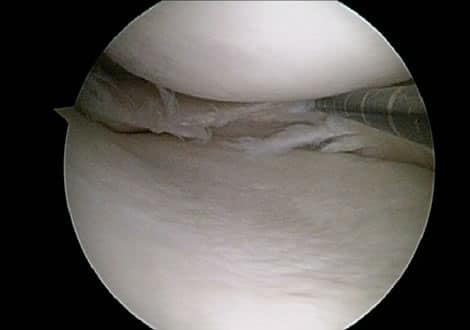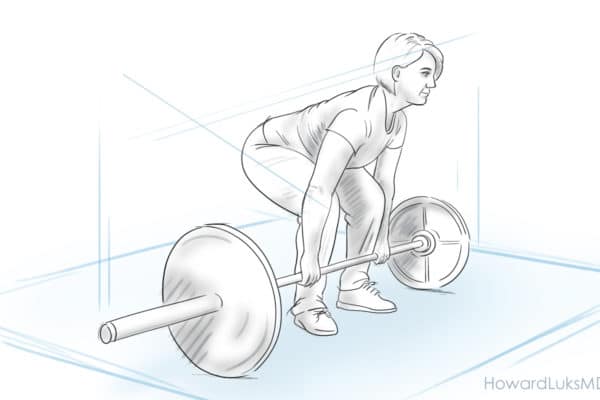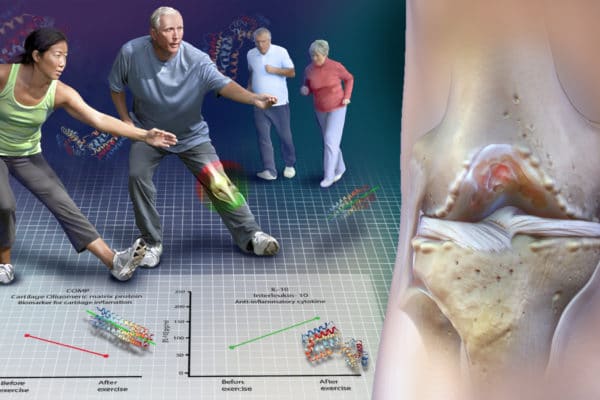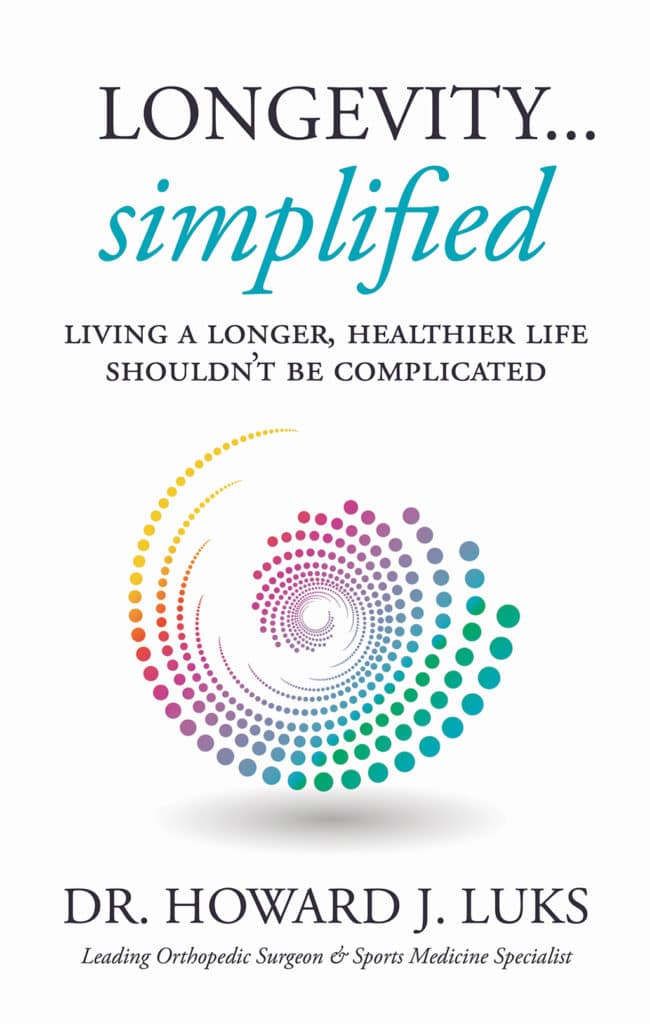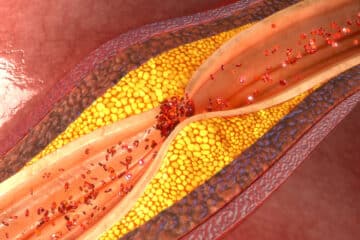Larger muscles or muscle mass improves our chances of living longer, happier lives. Muscle mass correlates with longevity. Muscle mass correlates
Training Errors and Other Causes of Tendinopathy in Runners
Running is a fantastic sport. Running has been associated with longevity; it improves cardiovascular fitness and enables us to clear the cobwebs from our
Meniscus surgery increases your risk of requiring a knee replacement: Podcast
Complex degenerative meniscus tears are quite common. The majority of us will develop them in our lifetime. The research has been clear over the
Muscle Mass, Strength and Longevity
When optimizing our health and longevity, prioritizing muscle mass and muscle strength is a critically important consideration. Our muscle mass and
Insulin Resistance: Are You One Of The 50% Of People Who Have It ?
Nearly 50% of Americans have Insulin Resistance (IR). People with IR do not have a typical appearance. Some of you with insulin resistance are thin
Boredom.. It’s not what you think
You might stop reading a book because it is boring. That's not what we're talking about. We encounter what we perceive as "boredom" less
Exercise and Knee Arthritis Pain: The science of why it works.
Osteoarthritis is usually not a mechanical wear and tear process. If you have osteoarthritis, exercise will not wear out your knee joints faster — quite the
Resistance and Balance Exercise to Live Longer and Healthier.
A balanced exercise program including resistance exercise has been proven to delay the onset of serious chronic diseases like heart disease, stroke, dementia,
Why Are Sports Drinks and Juice Potentially Harmful To Our Health?
Far too many people still believe that a glass of orange juice in the morning is right for you. Similarly, far too many still believe that downing a
Is Supplementation Critical For Cognitive Improvement Seen With Exercise
Muscle function and cognition decline with age. Sarcopenia is the medical term for age related muscle loss. That means that if you are older than 40 and do not
The Aging Athlete … How to get there, and how to stay there.
Trail running has long been my happy place. Actually, any form of running enables me to start my day invigorated and ready to go. Regular exercise associates
Metabolic Health: How Our Diet Affects Joint Pain
We need to focus on metabolic health, instead of focusing on the management of metabolic disease. From an Orthopedic Surgery perspective, our metabolic health


